Discover the Diverse Landscapes of Selous Game Reserve
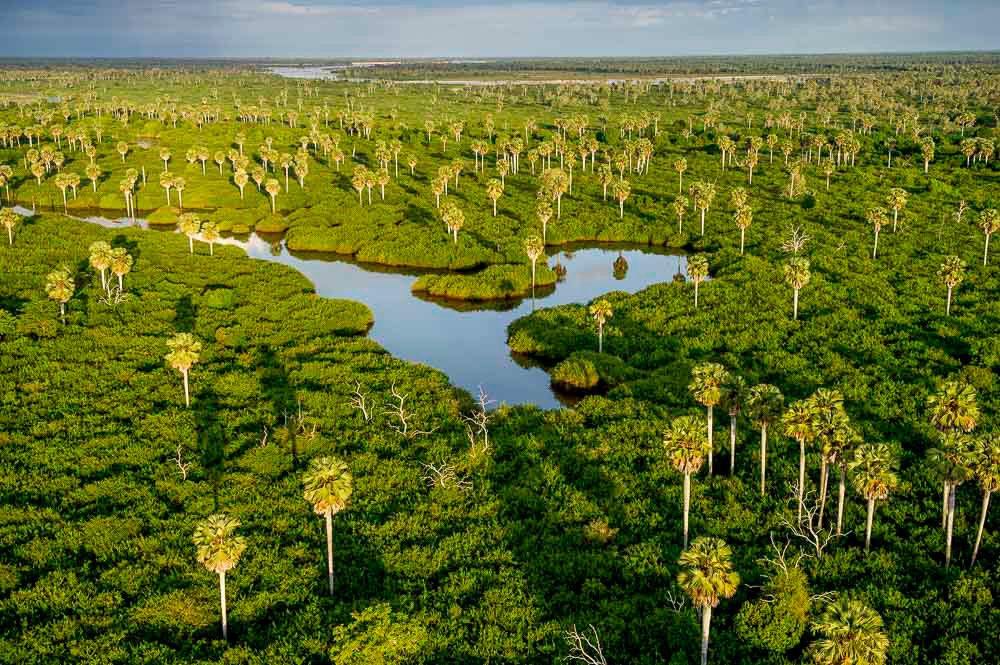
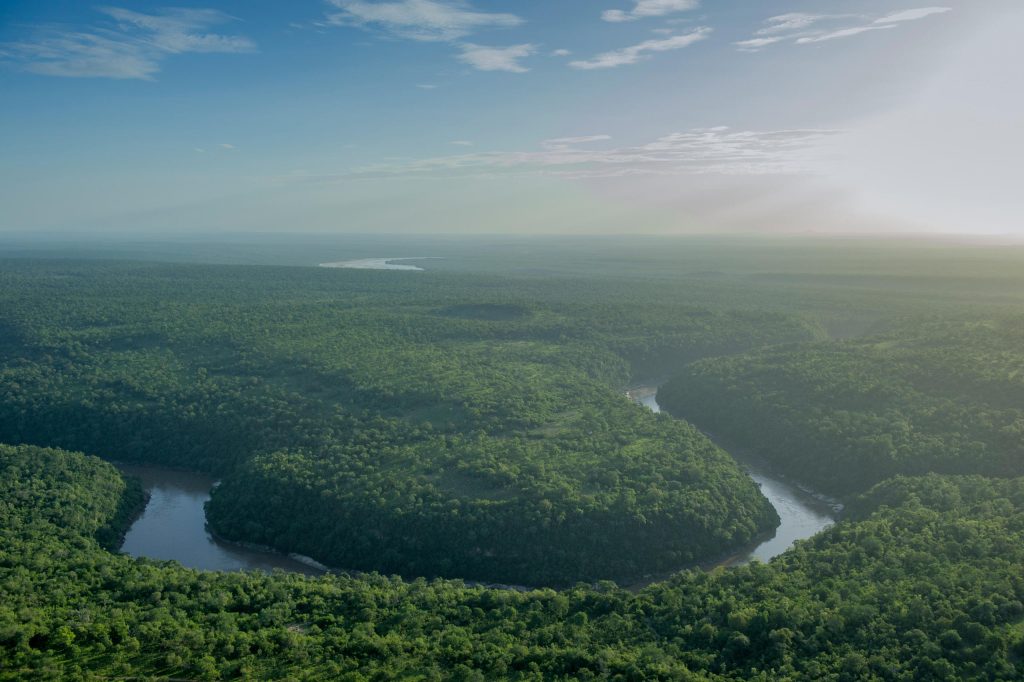
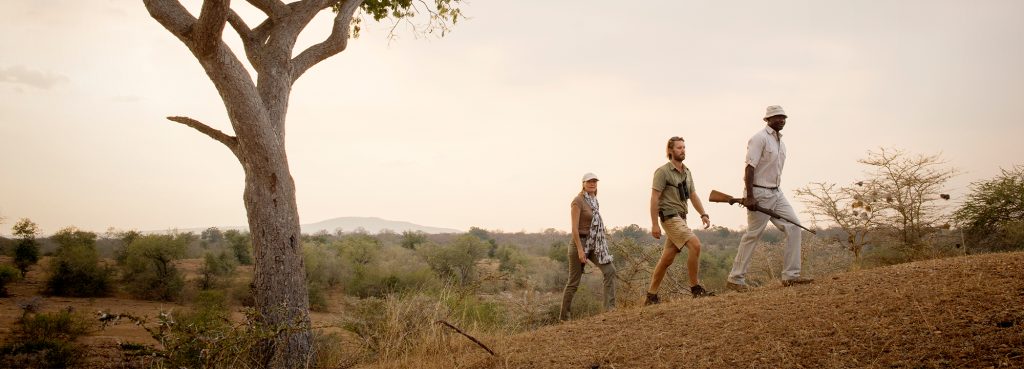

Selous Landscape
Selous Game Reserve, also known as Nyerere National Park, boasts one of the most diverse landscapes in Tanzania, offering a unique habitat range that supports some of Africa’s most iconic wildlife and flora. For those seeking an immersive experience in nature, the varied Selous landscape delivers everything from vast woodlands to lush riverine forests, creating a mosaic of ecosystems that make this UNESCO World Heritage Site an unmissable destination.
Miombo Woodlands: Expansive Lowland Forests
Covering much of the reserve’s northern and western regions, the Miombo woodlands are a vast expanse of lowland forests. Characterized by tall, slender trees and seasonal streams, these woodlands support herbivores like elephants and antelopes. The Miombo is also known for its rich birdlife, with several species adapted specifically to its unique environment. Walking through the Miombo, visitors can witness the seasonal beauty of these woodlands, particularly vibrant in the wet season.
Grasslands: Open Plains for Grazing Wildlife
Open grasslands scattered throughout Selous provide ideal grazing grounds for large herbivores such as wildebeests, zebras, and buffaloes. These plains are perfect for game drives, offering unobstructed views of wildlife congregating to feed, especially during the dry season when grazing is limited elsewhere. For predators like lions, these grasslands are prime hunting grounds, making it an exciting spot for wildlife enthusiasts.
Riverine Forests and Swamps: The Lifeline of the Rufiji River
The Rufiji River is the heart of Selous, creating extensive wetlands, swamps, and riverine forests along its banks. This region of Selous landscape supports an incredible diversity of life, from fish and hippos in the water to birds, crocodiles, and mammals at the water’s edge. The lush vegetation of riverine forests provides refuge and food for many species, including rare African wild dogs and countless birds. Canoe safaris along the Rufiji allow visitors to explore this ecosystem up close.
Rocky Hills: Acacia-Clad Ridges
Rocky, acacia-covered hills add a distinct topography to Selous, with these elevated areas providing panoramic views of the surrounding plains and woodlands. These acacia-clad hills are particularly attractive for bushwalks and photography, especially at sunrise or sunset when the landscape takes on a warm glow. The rocky terrain also attracts species like klipspringers and leopards, adding to the region’s diverse wildlife sightings.
Gallery and Ground Water Forests: Unique Biodiversity Hotspots
Selous’ gallery and groundwater forests are lush oases within the reserve, supporting unique flora and fauna. These forests grow along rivers and areas with high groundwater levels, offering a thick, shady canopy that’s ideal for birdwatching. Many rare plant species are also found here, making it an area of great ecological importance within the Selous landscape.
Lowland Rainforest: A Haven for Biodiversity
The lowland rainforests within Selous are a rare and precious ecosystem that supports a wide variety of plants and animals, some of which are endemic to the area. These rainforests are particularly lush during the wet season, making them a haven for insects, amphibians, and smaller mammals. These forests also create a rich habitat for primates, with several species calling this unique area home.
Stiegler’s Gorge: A Scenic and Dramatic Landscape
Stiegler’s Gorge, located in the western part of Selous, offers breathtaking views of woodlands, plains, and the mighty Rufiji River. The gorge, with its steep cliffs and rock formations, creates a dramatic contrast to the surrounding landscapes, making it a top destination for nature photographers and hikers. From Stiegler’s Gorge, visitors can take in panoramic vistas that capture the essence of the Selous wilderness.
Best Time to Experience the Selous Landscape
- Dry Season (June to October): The dry season is ideal for exploring the reserve’s grasslands and woodlands, as animals gather near water sources, making them easier to spot. The dry season’s lower vegetation also allows for clear views of wildlife.
- Wet Season (November to May): The rainy season transforms Selous into a lush paradise, with rivers and swamps swelling to support a wealth of migratory birds. Though some areas may be challenging to access, birdwatchers and nature lovers will appreciate the vibrant flora and fauna that thrive during this time.
Selous Landscape: A World of Ecological Wonder
The varied Selous landscape offers travelers a chance to experience some of Africa’s most diverse ecosystems in one reserve. From towering woodlands to open grasslands, tranquil rivers to rugged hills, Selous Game Reserve is a celebration of nature’s richness. Exploring its habitats on foot, by boat, or on a game drive offers a deep connection to Tanzania’s natural heritage and the unforgettable beauty of the African wilderness.

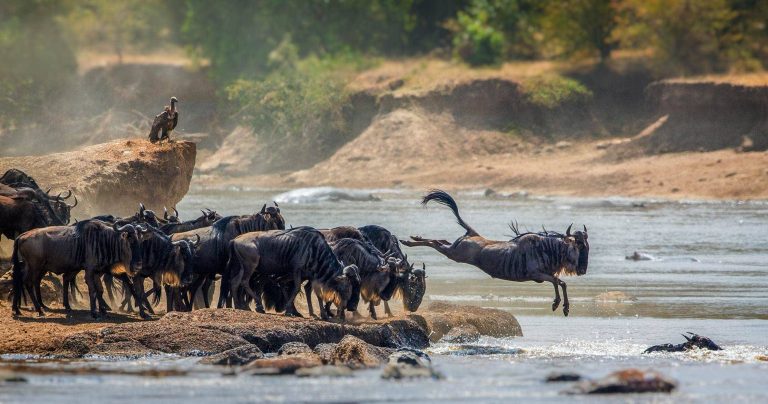
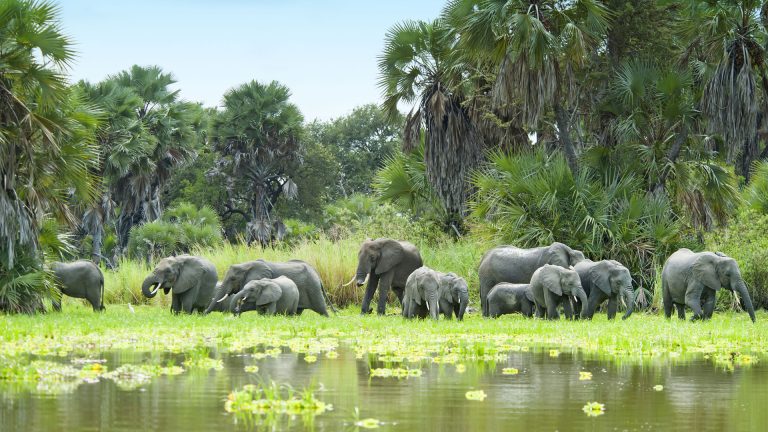
One Comment